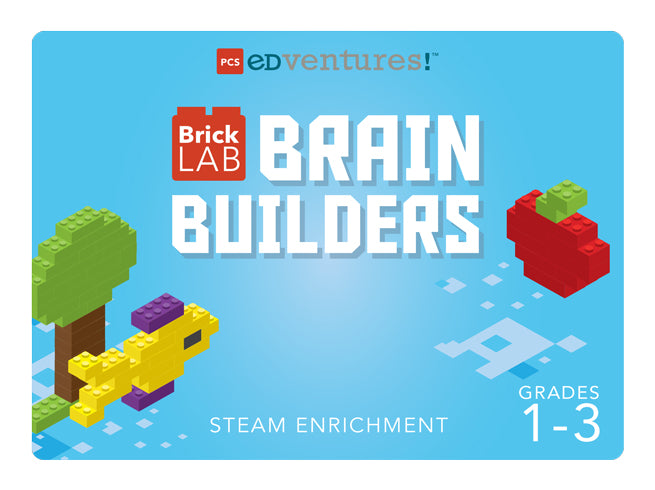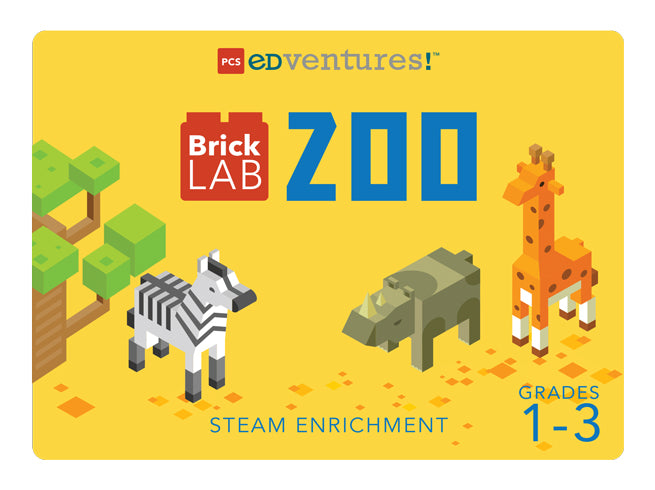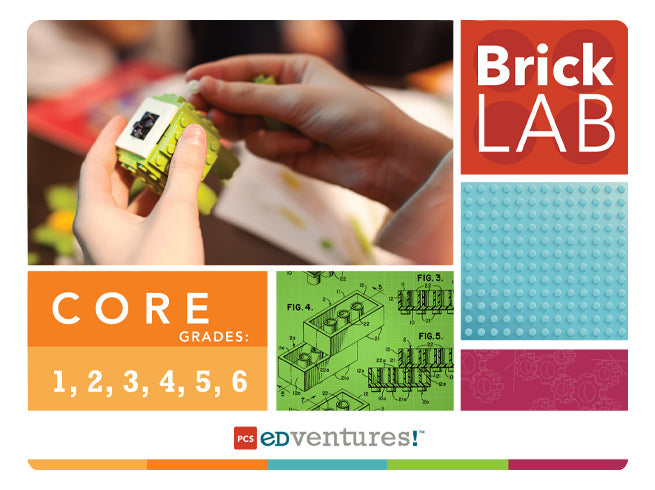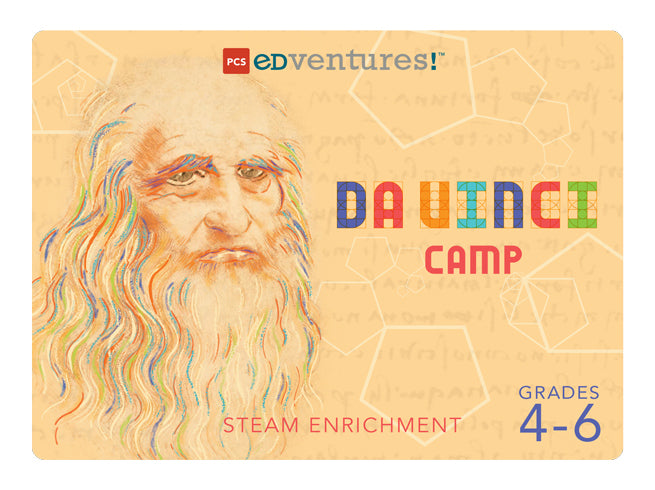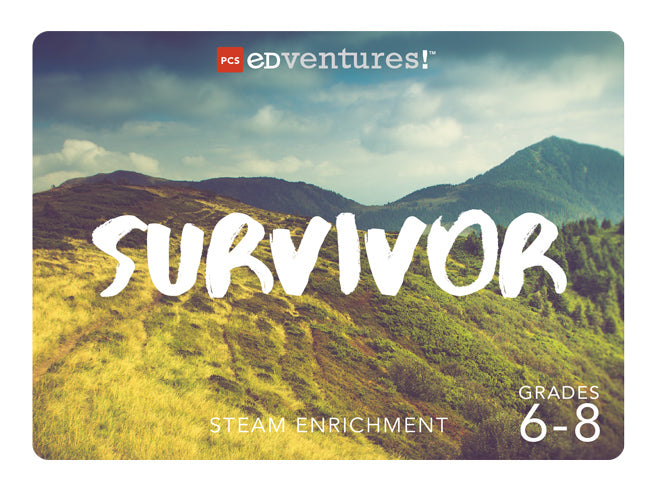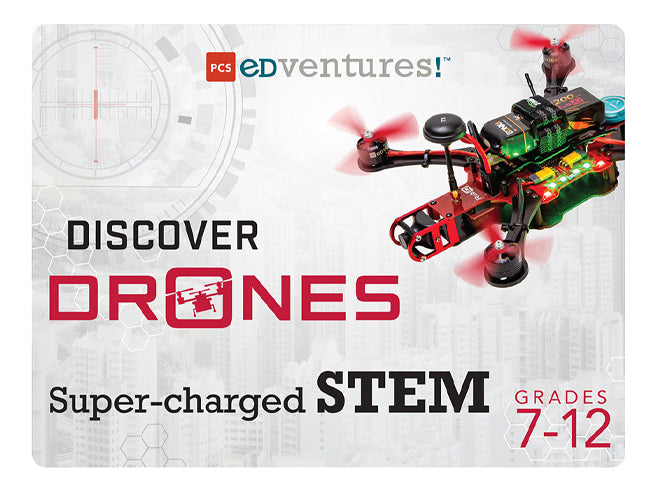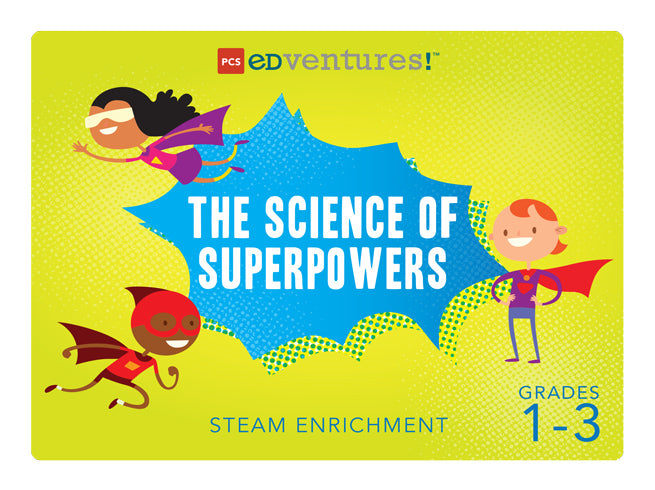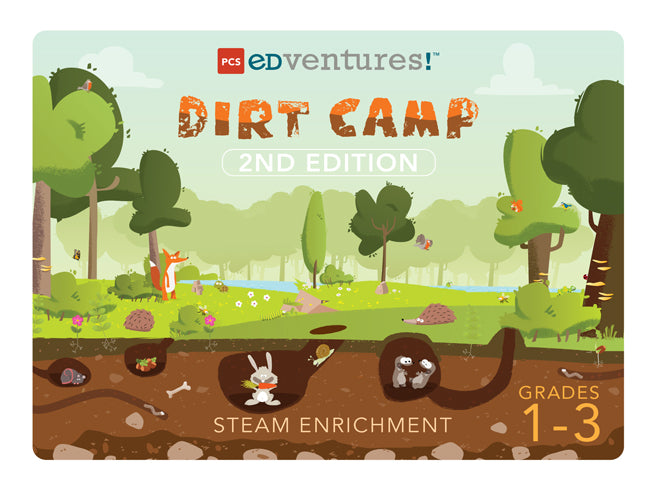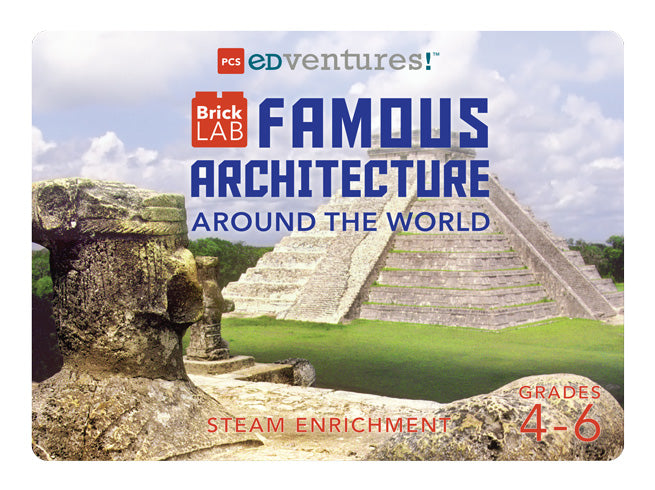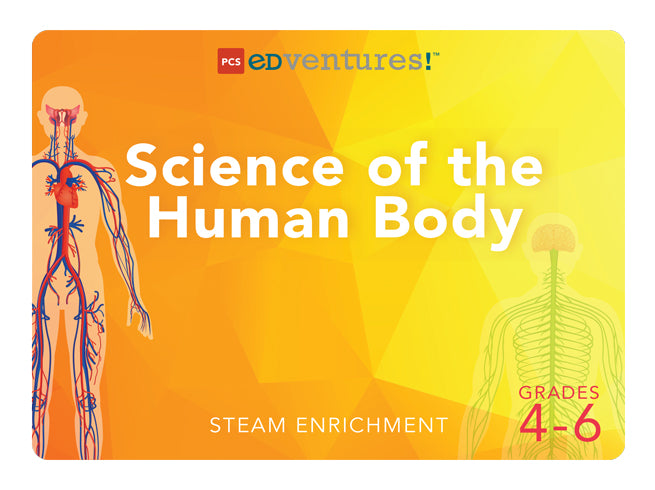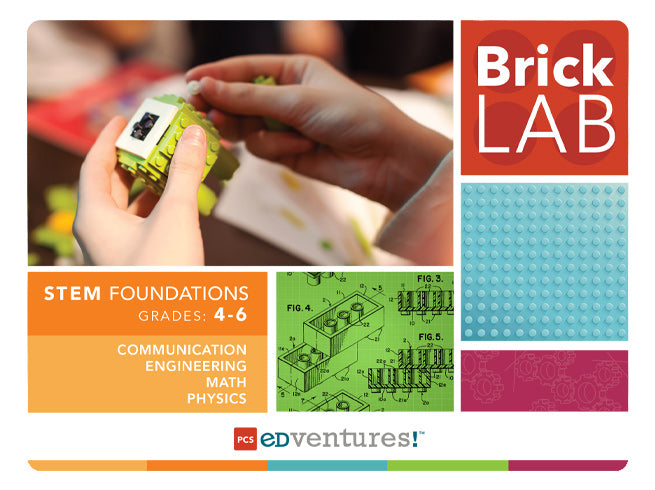
Elevate Math Skills with STEAM
Mathematics is so much more than just a school subject. It empowers us to solve problems, uncover opportunities and make informed decisions in the real world. However, math lessons often feel disconnected from their use and application. Whether learners struggle to understand real-world connections or have difficulty learning various math concepts, educators are left wondering how to engage them and strengthen their math skills and confidence. The answer is STEAM!
STEAM transforms how educators teach and students learn math by making it relevant, exciting and hands-on. Let’s explore how our multi-subject STEAM programs equip learners of all ages with skills needed to boost their math proficiency. Our comprehensive curriculum exposes learners to various Common Core State Standards (CCSS) in math through multisensory learning, differentiation and design challenges.
PCS Edventures has a myriad of STEAM programs that captivate students and immerse them in math. In this blog post, we include examples from the following:
Keep reading to discover how the thrilling lessons in these STEAM programs sharpen math skills!
Multisensory Learning:
Multisensory learning is an approach that engages a learner’s multiple senses, such as sight, touch, hearing and movement. Engaging multiple senses enhances the learning experience, and helps learners better understand what math numbers and symbols represent. Our STEAM programs include many aspects of multisensory learning through hands-on lessons, manipulative-based tasks and the use of technology.
Sight:
Visual stimuli are essential in strengthening comprehension and memory. In our programs, learners frequently represent math operations with manipulatives, allowing them to visualize complex math concepts. We also include colorful images to captivate learners and deepen their understanding of abstract concepts.
Example:
Learners love using our Bricks to build animals in BrickLAB Zoo! The animal models are helpful visual tools for solving math problems, such as measuring to compare lengths.
Touch:
Tactile experiences allow learners to interact with the math concept physically. Building shapes and structures with our colored Signature Perfect Bricks are perfect for exploring geometry, measurement and data, numbers and operations and more!
Example:
Master symmetry with our hands-on program, BrickLAB Brain Builders. Using our bricks, learners design and build butterfly wings with symmetrical patterns.
Hearing:
Providing auditory stimulation is key in reinforcing math concepts. Our programs include verbal explanations, meaningful discussion problems and math-related stories that aid in memory retention.
Example:
Fractals are a complex math concept explored in Da Vinci Camp. Learners discuss pictures from nature, exposing them to math vocabulary and utilizing it correctly in conversations. We also engage auditory senses by incorporating popular songs that include fractals.
Movement:
Exploring mathematical concepts using whole-body movement is a great way to support learner understanding and memory of abstract math ideas. PCS Edventures lessons have learners up and moving, using their bodies and physically arranging objects to promote active learning.
Example:
In Sports Science, learners use their bodies and objects to tackle math standards. For instance, they use jump ropes to understand angles, geometric shapes, math vocabulary, multiplication and measurement and data.
All children learn differently — therefore, the multisensory elements of our hands-on STEAM lessons serve as a valuable addition to your educational setting. Continue to explore how PCS Edventures’ programs help create inclusive learning environments in our blog, 7 Ways STEM Supports Neurodiversity.
Differentiation:
Differentiation is a crucial component of education. Educators understand that “students vary in their abilities, interests, and prior knowledge. Differentiation serves to address this variation by matching the content, instruction, and assessment to students’ needs and interests” (Reis & Renzulli, 2018).
Infusing STEAM with mathematics creates diverse learning experiences tailored to learners’ unique abilities and interests. PCS Edventures’ lessons are both challenging and adaptable, with opportunities for educator support and learner independence.
- Many of our all-inclusive programs include valuable math extension activities after each lesson. Learners continue to investigate the learned concept through an exciting math task. Not only are the extensions engaging and fun, they are also perfect for reinforcing a math skill, reteaching the skill in a new way or providing a challenge to learners who excel mathematically.
- All of our programs are hands-on. Whether students are using manipulatives, technology or drawing math problems, they’re interacting with valuable math content. For instance, in Discover Drones, learners apply geometry as they learn to fly their drone in 3D space, work with measurements of different kinds of energy, experience Newton’s laws of motion and more!
- Collaboration and grouping are integral parts of differentiation. They’re also integral parts of each of our STEAM lessons. We provide opportunities for learners to compare work with a partner, receive teacher support as a group or solve complex problems as a team. We also have a slew of Student Grouping Strategies to Maximize Engagement, which are perfect for differentiating.
Design Challenges:
What better way to expose learners to real-world math connections than immersing them in situations where they’d need math in the real world? Our design challenges provide an engaging platform for learners to apply and strengthen a vast range of math skills. Through creative and innovative design, learners authentically practice geometry, measurement, algebra and more!
BrickLAB Core, for instance, encourages learners to examine real-world math scenarios, such as the importance of calculating area and perimeter. Then, they design and build measurable objects, apply what they’ve learned and calculate the area and perimeter.
During collaborative design challenges, learners continually discuss math with peers of varying math abilities. They need to communicate and share ideas, which helps them recall and use math vocabulary, reinforce their understanding of a specific skill and justify math-related decisions and thought processes.
In our program, Survivor, learners team up to survive the wild by solving various math scenarios. They’ll calculate the amount of food and water their tribe requires, use geometry to cross rivers and apply measurement and data concepts to navigate.
Start Sharpening Math Skills with STEAM:
You’ll find STEAM is the perfect approach to immerse learners in math skills. Using our programs provides a holistic learning experience that makes math relevant, exciting and hands-on for your learners. You can get started with our free download, Math Storytelling: Survive the Wild with STEAM!
In addition to the programs included in this blog, we’ve got plenty more that’ll elevate learners’ math skills. Take a look:

Author: Marissa Rosol
As a 4th-grade elementary teacher and instructional coach, Marissa believes hands-on learning is the key to student engagement. Her love for literacy, STEAM and student collaboration guides her instruction and professional development sessions.
References:
Hodnett, B. (2023, October 5). 10 multisensory techniques for teaching math. Understood. www.understood.org/en/articles/10-multisensory-techniques-for-teaching-math
Perini, M., Silver, H., & Strong, R. (2004, February 1). Creating a differentiated mathematics classroom. ASCD. www.ascd.org/el/articles/creating-a-differentiated-mathematics-classroom
Reis, S., & Renzulli, J. (2018). The five dimensions of differentiation. International Journal for Talent Development and Creativity. files.eric.ed.gov/fulltext/EJ1296874.pdf

